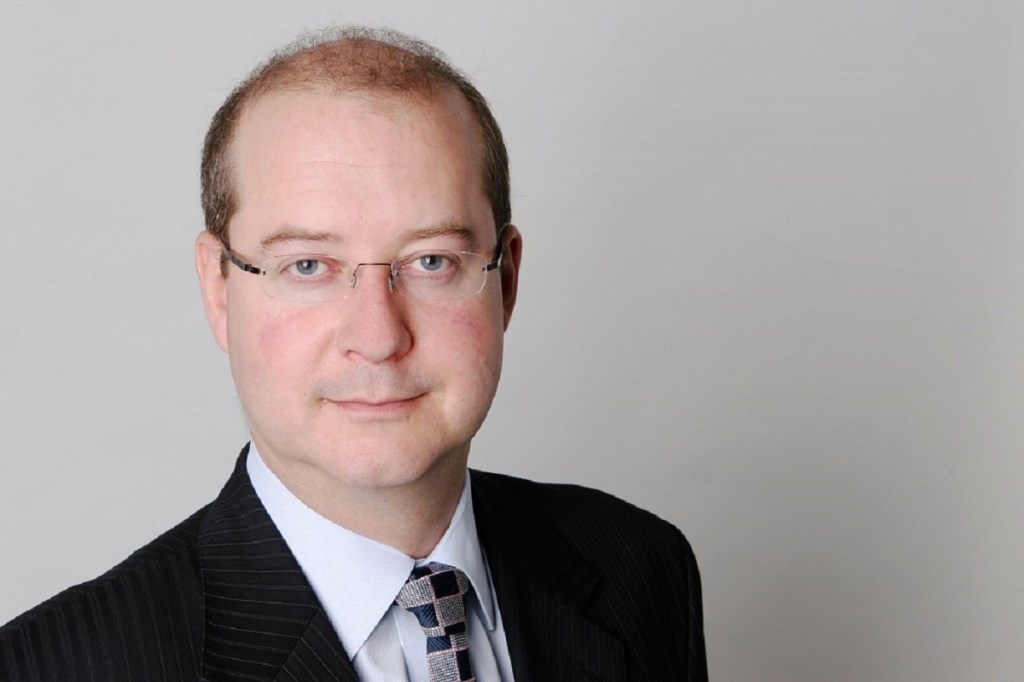Leading economist Warren Hogan identified key issues and trends currently facing the economy and what we can expect in the coming year.
Hogan was speaking at a webinar hosted by the Australian Association of Convenience Stores (AACS) when he highlighted issues including business confidence, consumer savings, and worker shortages.
Data from the ABS showed that Australian households have ‘saved’ a total of $253 billion in the 18 months to June 2021.
“At the height of the pandemic, it was at a level we haven’t seen since the 1970s, it has since fallen but it’s still at very high levels. Households are accumulating a lot of savings. But the issue is, how much would they have saved anyway?”
Hogan believes that of the $253 billion, $130 billion is considered ‘excess’.
“These excess savings, largely the result of restrictions on the economy – you couldn’t go on a holiday, you couldn’t go out to hospitality or recreation as much as you normally would – these excess savings could easily be redeployed back into the economy over the years ahead.”
Hogan also highlighted the fact that business confidence has recovered from the Delta lockdowns and is now sitting at the highest level it has been since 1997, while consumer confidence, although slightly lagging, isn’t too bad either.
The main challenge facing the economy will be worker shortages and managing the labour force, said Hogan.
“The closure of borders is the greatest shock to the Australian economic model coming from this pandemic. Australia is built on immigration. We’ve had some of the highest rates of immigration over the past 15 years.”
The lack of immigration means there are fewer people willing to work those low-paying jobs.
“The fact is we don’t have immigration now. We’re seeing more and more strike activity or threats coming through in the press and different industries. So that’s potentially part of the landscape. And of course, when one union or one industry gets an outcome, others follow.
“Then the other big picture point I’d note is the wage profit share, so the amount of income in the economy going to wages versus profits, has been moving in favour of profits for 40 years all around the world. And that could be starting to change. It’s not going to change quickly. As you can see, these things are glacial, so you might see wages go up, but companies might not be able to pass it through to final consumers and the profit side might be hit.”
Hogan said it probably won’t be until 2024 and beyond that we begin to get back to normal and offered an insight to what that might look like.
“I have this feeling from what I’m seeing in the broader economy and speaking to business is that businesses are going to use the strong position of the economy and our reasonably healthy profits, a bit of cost increase, and a bit of ability to pass prices on and maybe invest and get themselves ready for what the the post COVID world is, and it is changing.”
Theo Foukkare, CEO AACS, who hosted the event, said Hogan’s insights into 2022 and the years ahead will help AACS members shape their planning processes.
“By all reports, 2022 will deliver significant investment into the P&C channel, continuing to transition into roadside retailers and meeting more customers needs on a daily basis. Let’s hope that Australians use their built up cash into travelling the country and spending it in the local economy to help the rebuild.”

